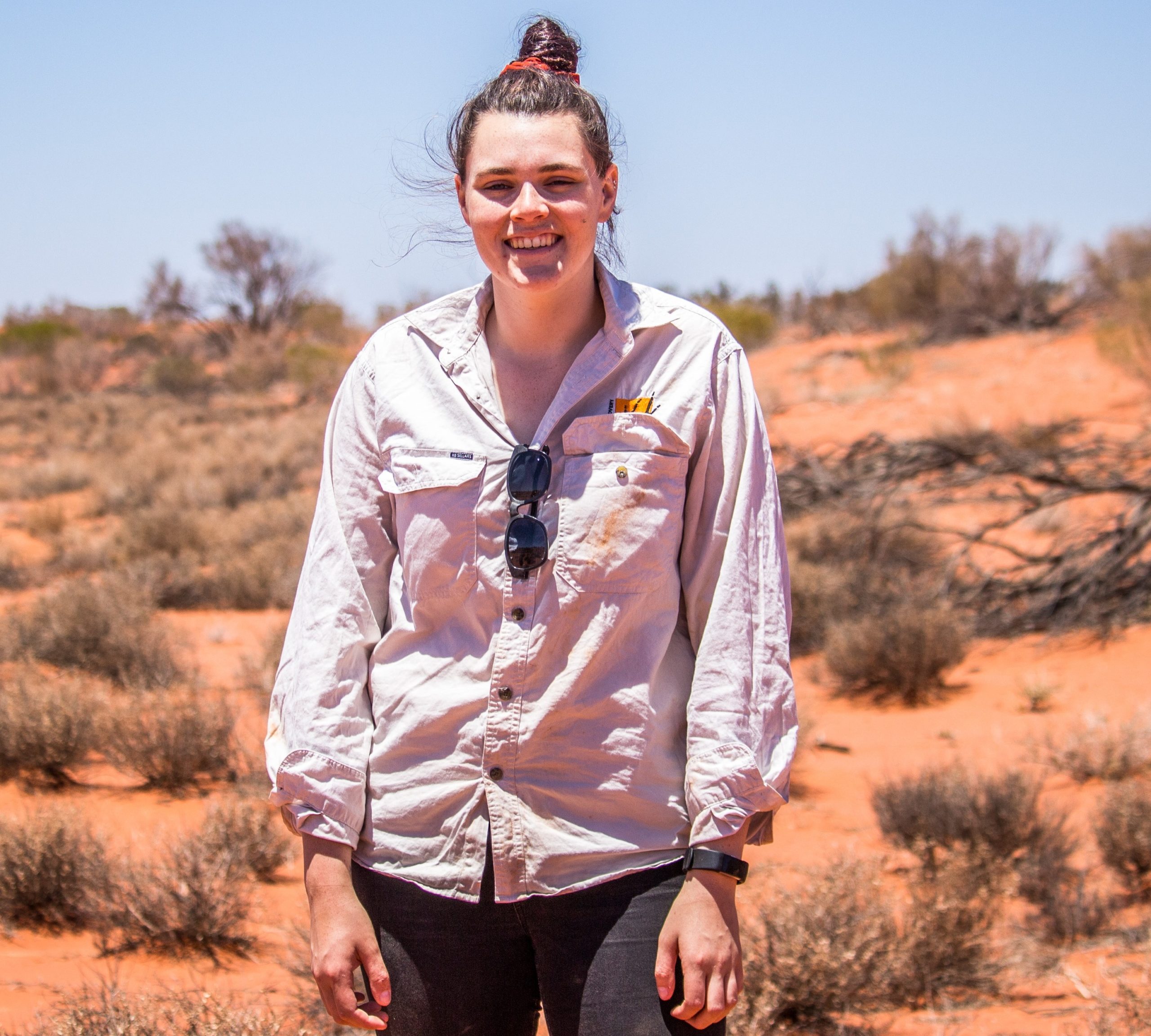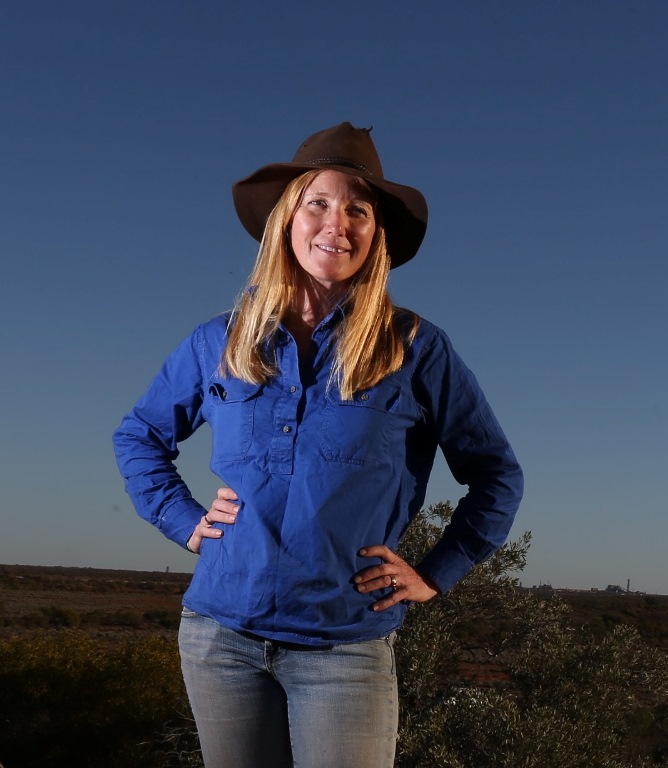Arid Recovery is filled with an incredible diversity of small mammal and reptile species.
As many as seven species of small mammals and 42 reptile species have been caught in our region. By building the predator-proof fence and removing cats, foxes and rabbits, we have altered these communities dramatically.
Some specis have benefited enormously, including some threatened species. Other species have not.


When the first cat-proof fence at Arid Recovery went up, there was almost no difference in the abundance of small mammals inside and outside the reserve. Three years later, the rodent populations within the reserve exploded. This is particularly the case for the spinifex hopping mouse and bolam’s mouse which are now more than 15 times more abundant inside the reserve than outside.
The abundance of little carnivorous mammals, like the fat-tailed dunnart and the stripe-faced dunnart, have not increased since feral animals were removed. This could be due to competition for invertebrate prey from greater bilbies and western barred bandicoots, as the highest capture rates were recorded when both reintroduced natives and ferals are absent.
In 2006, the nationally threatened plains mouse was first caught inside the reserve. Since then, numbers of plains mice inside the reserve have increased and it is frequently seen during spotlighting surveys. The dramatic increase in rodents inside the reserve is due to freedom from predation, and more food. There was little difference between the abundance of native rodents inside the reserve and the control (where reintroduced species were absent). This suggests that competition between native rodents and reintroduced species is minimal.
Numbers of the introduced house mouse have not increased inside the reserve. This suggests that within the reserve native rodents may be out-competing the non-native house mice.


In contrast to the mammal fauna, reptile abundance and diversity in the reserve has changed, and in some cases, decreased. This was the case for small gecko species such as the beaked gecko and the crowned gecko, and for some smaller skinks such as the southern sand slider.
Small lizards like this sand slider (Lerista labialis) have declined inside the predator-proof fence.
The reduction in reptiles is thought to be influenced by an increase in sand goannas and likely also from predation by bilbies. Sand goannas have increased significantly inside the reserve following the removal of feral cats and foxes. These large reptilian predators are important predators of small reptiles and may suppress numbers of small reptiles within the reserve (see here).
Arid Recovery continues to monitor small vertebrates. More issues are emerging as the reserve matures. You can keep up to date with our blog to watch it unfold, or better yet, if you can make it to Roxby Downs, come and volunteer for our annual trapping.

















